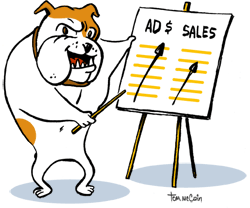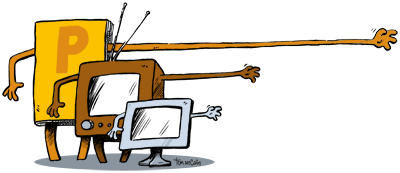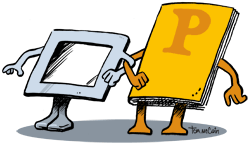
The impressions you make can have a lasting effect on your career as well as the success of your marketing campaigns. Make a poor internal impression and you may never have the resources to succeed at the external part. Here’s a list of things you can do to make the best internal and external impressions.
Internal
- Speak with true knowledge about your customers and markets.
- Demonstrate your ability to capitalize on customer data.
- Know your competitors intimately—strengths, vulnerabilities, etc.
- Cut programs that don’t work—show no favoritism beyond positive results.
- Reallocate money to the best performing channels.
- Be able to cost justify more expensive channels that perform.
- Make a solid case for automation and other investments that improve efficiencies.
- Set and communicate short-, mid- and long-term goals—there will be a tomorrow.
- Make your plans flexible—think best and worst case scenarios.
- Collaborate with the team (accounting & operations people, too)—you’re all in this together.
- Show a willingness to learn and adapt.
- Communicate your program successes.
External
- Show your customers that you identify with their situation.
- Be less promotional and more personal.
- Communicate how your products or services provide added value that will help them.
- Make customers feel comfortable, safe and secure about their buying decisions.
- Avoid price-cutting—it’s a losing strategy.
- Combine data mining with personalization techniques to customize offers.
- Pay attention to customer communication preferences—now is not the time to give anyone a reason to tune you out.
- Integrate channels that make sense for your customers and your message.
- Execute messages appropriately for each channel—integrated marketing isn’t one-size-fits all.
- Make sure your print materials are environmentally responsible—people still care.
- Invite customers to engage with you in more ways.
- Get more mileage from your campaigns by incorporating pass-along and other techniques that get your customers working for you.
![]()
 Ink. Digits. Chalk? Thumbs up to the owners of Limestone Coffee & Tea (Batavia, IL) for their chalk promotion during the community’s recent Windmill Fest. Located in a high-traffic area, the retailer posted a chalk-written sidewalk promotion for a free coffee or tea with any drink purchase if you bring a friend. And an entry-way promotion offered 10% off any frozen drink during the festival. The promotion is fun, nostalgic and very cost-effective.
Ink. Digits. Chalk? Thumbs up to the owners of Limestone Coffee & Tea (Batavia, IL) for their chalk promotion during the community’s recent Windmill Fest. Located in a high-traffic area, the retailer posted a chalk-written sidewalk promotion for a free coffee or tea with any drink purchase if you bring a friend. And an entry-way promotion offered 10% off any frozen drink during the festival. The promotion is fun, nostalgic and very cost-effective.
![]()
By Larry Bauer

 You’d think we’d know a lot about print advertising at this point. It’s not exactly a new medium after all. But there seems to be a strong tendency to make the same mistakes over and over, and then wonder why the campaign didn’t work. Here’s a list of do’s and don’ts to help make your print ads more successful.
You’d think we’d know a lot about print advertising at this point. It’s not exactly a new medium after all. But there seems to be a strong tendency to make the same mistakes over and over, and then wonder why the campaign didn’t work. Here’s a list of do’s and don’ts to help make your print ads more successful.





